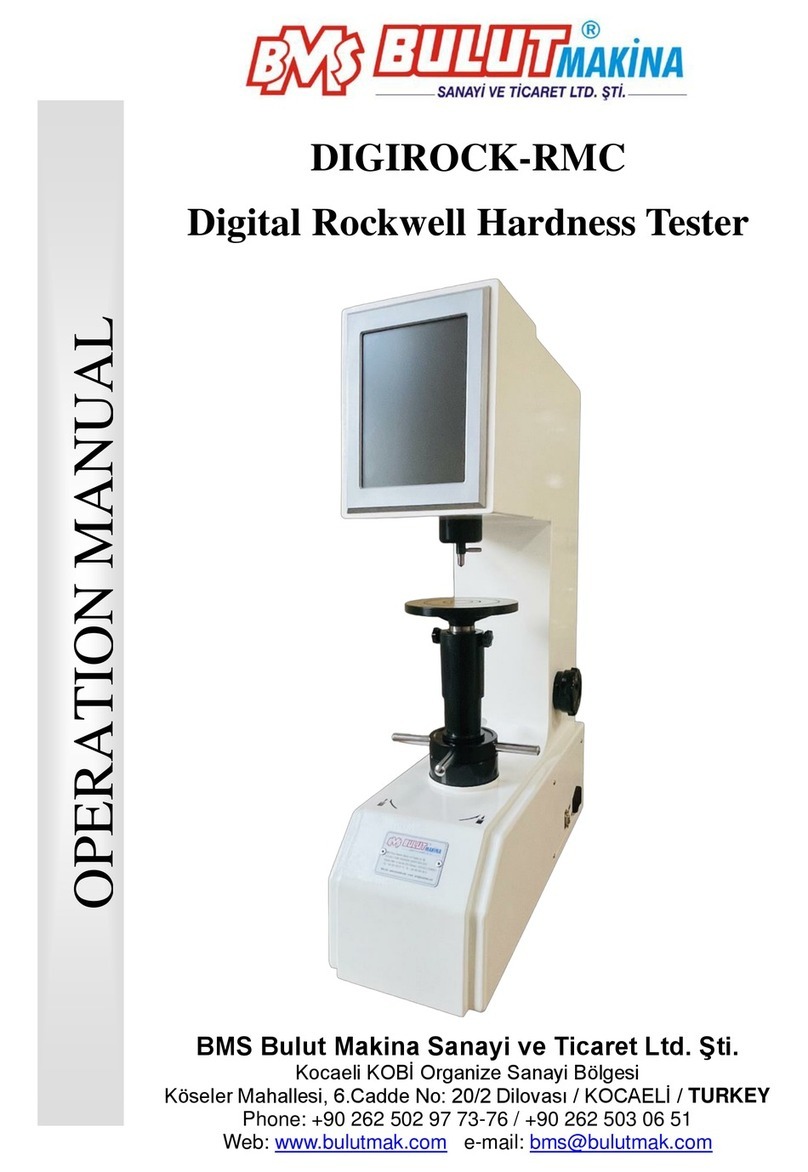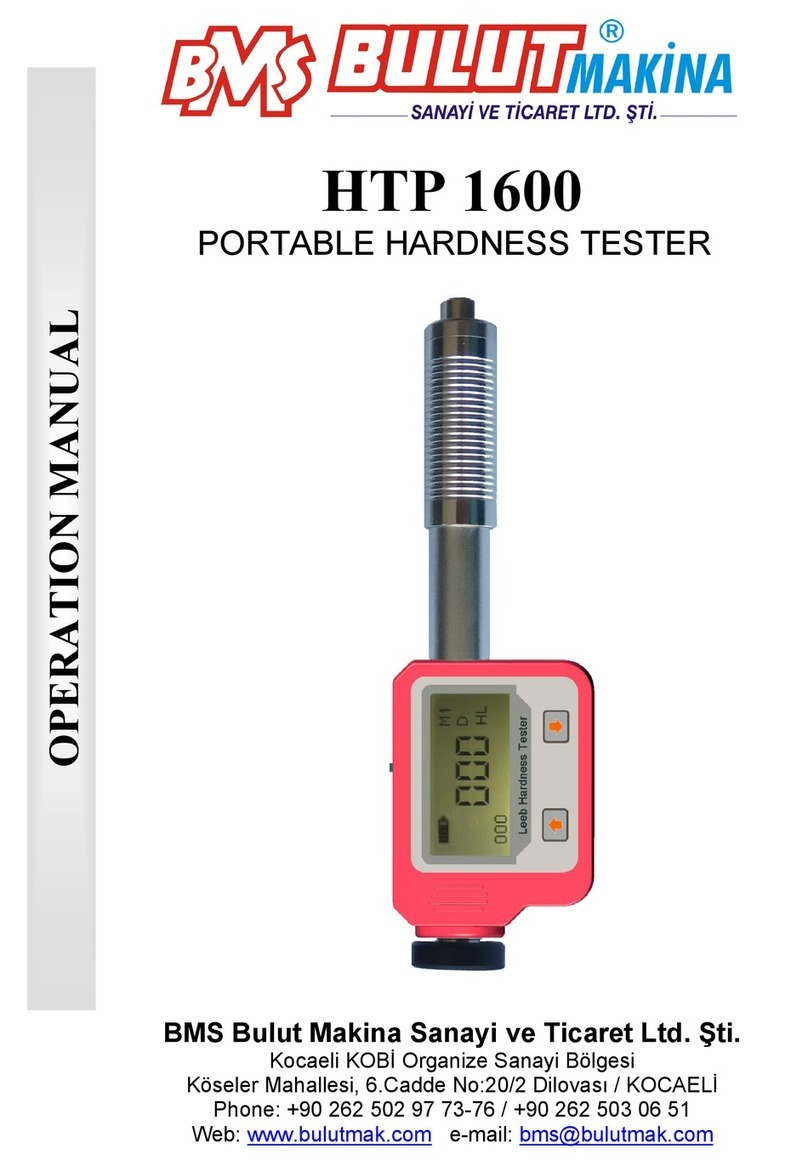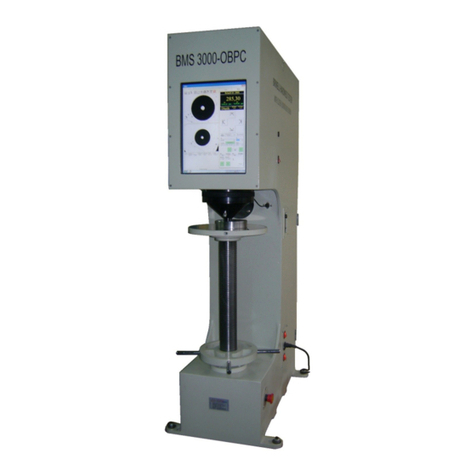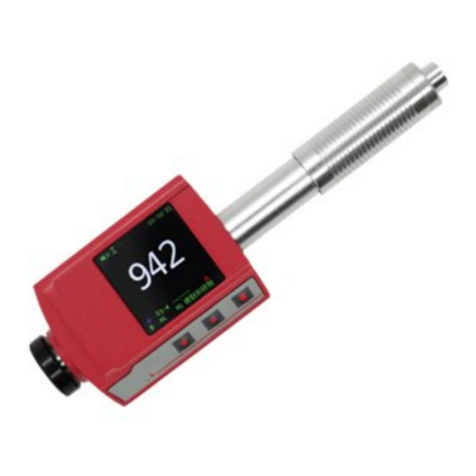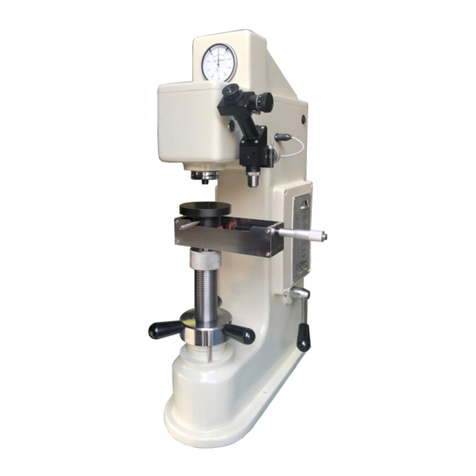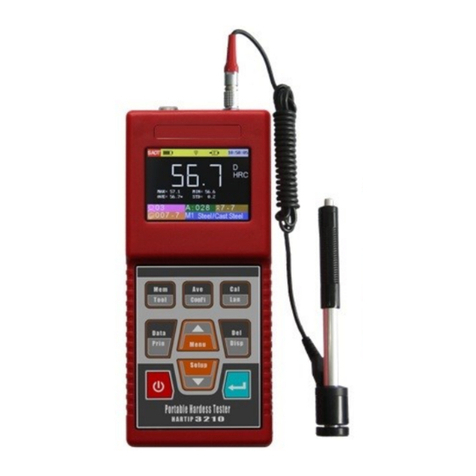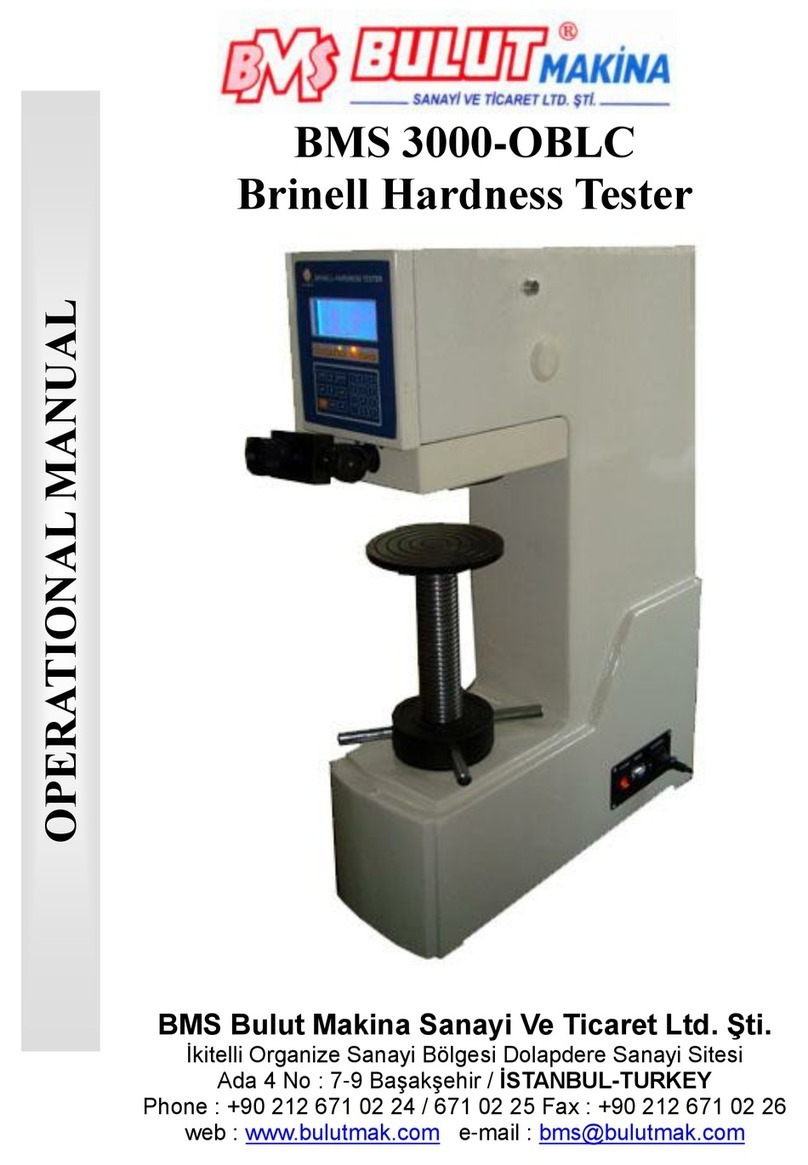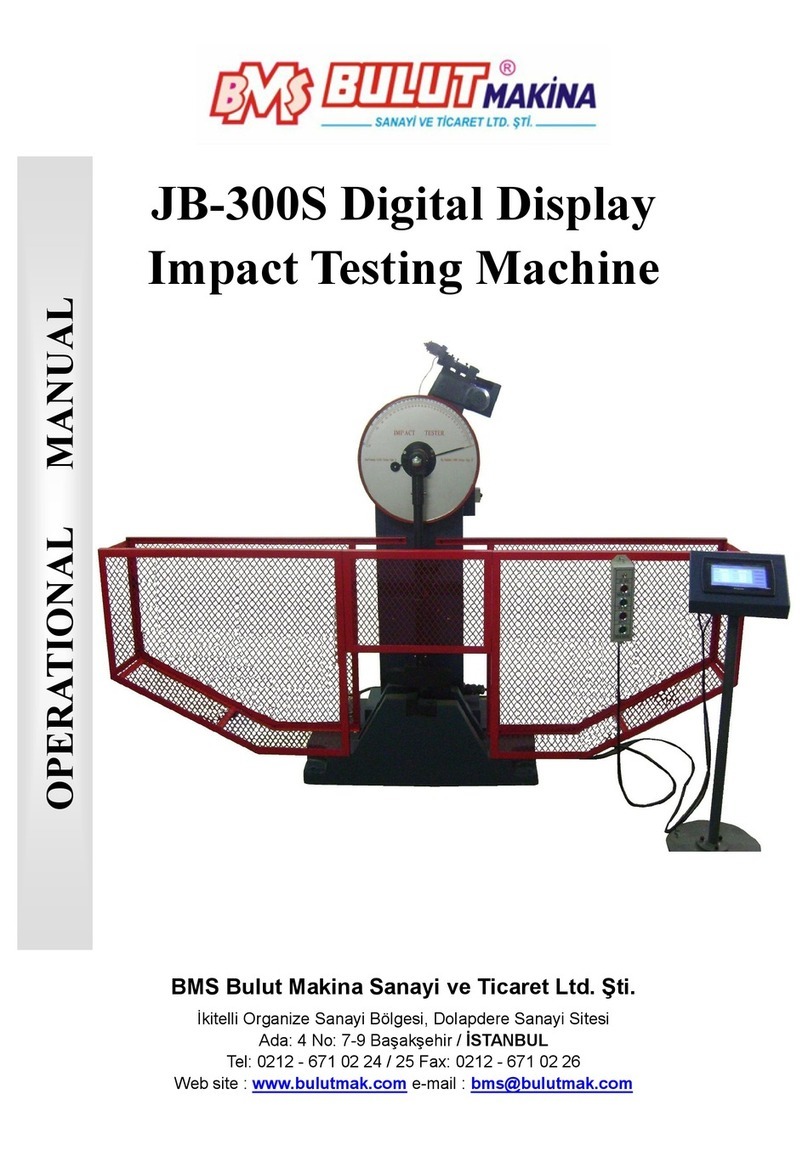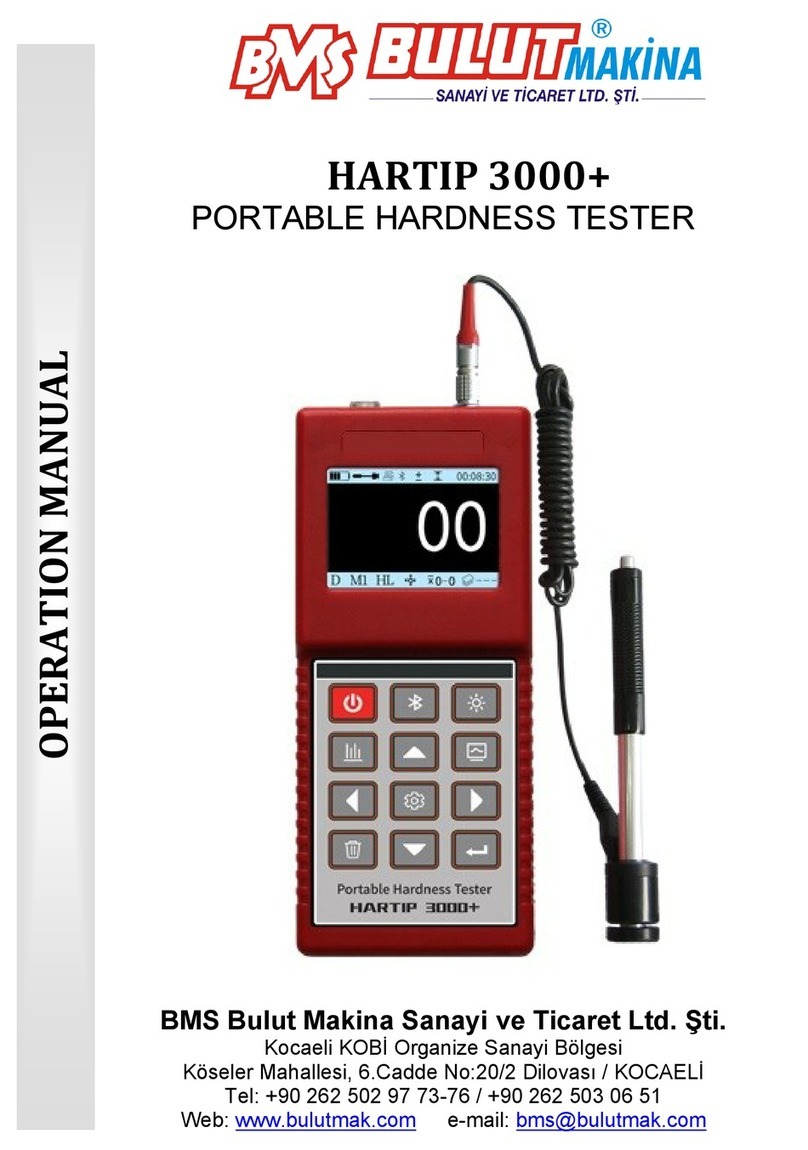
2
1OVERVIEW .......................................................................................................................................................................... 4
1.1 MEASUREMENT PRINCIPLE......................................................................................................................................................... 4
1.2 STANDARD PACKAGE ................................................................................................................................................................. 5
1.3 LAYOUT OF THE INSTRUMENT...................................................................................................................................................... 5
1.3.1 Main unit..................................................................................................................................................................... 5
1.3.2 Probe ........................................................................................................................................................................... 5
1.3.3 Display......................................................................................................................................................................... 6
1.3.4 Function of key ............................................................................................................................................................ 6
1.4 BASIC CONNECTION METHOD...................................................................................................................................................... 6
1.4.1 Assembling and dis-assembling of the probe.............................................................................................................. 6
1.4.2 Charger and battery charging ..................................................................................................................................... 7
2MEASUREMENT OPERATION............................................................................................................................................... 7
2.1 PREPARATION BEFORE MEASUREMENT.......................................................................................................................................... 7
2.2 SWITCH ON ............................................................................................................................................................................. 7
2.3 MEASUREMENT CONDITIONS MODIFICATION ................................................................................................................................ 8
2.3.1 Sampling length .......................................................................................................................................................... 8
2.3.2 Measurement Range................................................................................................................................................... 9
2.3.3 Filter ............................................................................................................................................................................ 9
2.3.4 Parameter ................................................................................................................................................................... 9
2.4 SYSTEM SETTING.................................................................................................................................................................... 10
2.4.1 Unit system................................................................................................................................................................ 10
2.4.2 LCD Back-light ........................................................................................................................................................... 10
2.5 FUNCTION SELECTION ............................................................................................................................................................. 10
2.5.1 Stylus position ........................................................................................................................................................... 10
2.5.2 Calibration of indicating value .................................................................................................................................. 10
3OPTIONAL ACCESSORIES AND THE APPLICATION .............................................................................................................. 11
3.1 HEIGHT SUPPORT AND PROBE HOLDER........................................................................................................................................ 11
3.2 HEIGHT STAND....................................................................................................................................................................... 12
3.3 EXTENSION ROD..................................................................................................................................................................... 12
3.4 PROBE ................................................................................................................................................................................. 12
3.4.1 General purpose probe.............................................................................................................................................. 12
3.4.2 Curved surface probe ................................................................................................................................................ 12
3.4.3 Small bore probe ....................................................................................................................................................... 13
3.4.4 Super small bore probe ............................................................................................................................................. 13
4TECHNICAL PARAMETERS.................................................................................................................................................. 13
4.1 ROUGHNESS PARAMETER AND DISPLAY RANGE.............................................................................................................................. 14
4.2 TEMPERATURE/HUMIDITY RANGE .............................................................................................................................................. 14
4.3 CONNECTION WITH PRINTER..................................................................................................................................................... 14
5DAILY CARE AND MAINTENANCE ...................................................................................................................................... 14
5.1 FAULT TREATMENT.................................................................................................................................................................. 14
5.2 FAULT MESSAGE ..................................................................................................................................................................... 14
6BATTERY ON/OFF SWITCH................................................................................................................................................. 14
7REFERENCES...................................................................................................................................................................... 15
7.1 PROFILE AND FILTER ................................................................................................................................................................ 15
